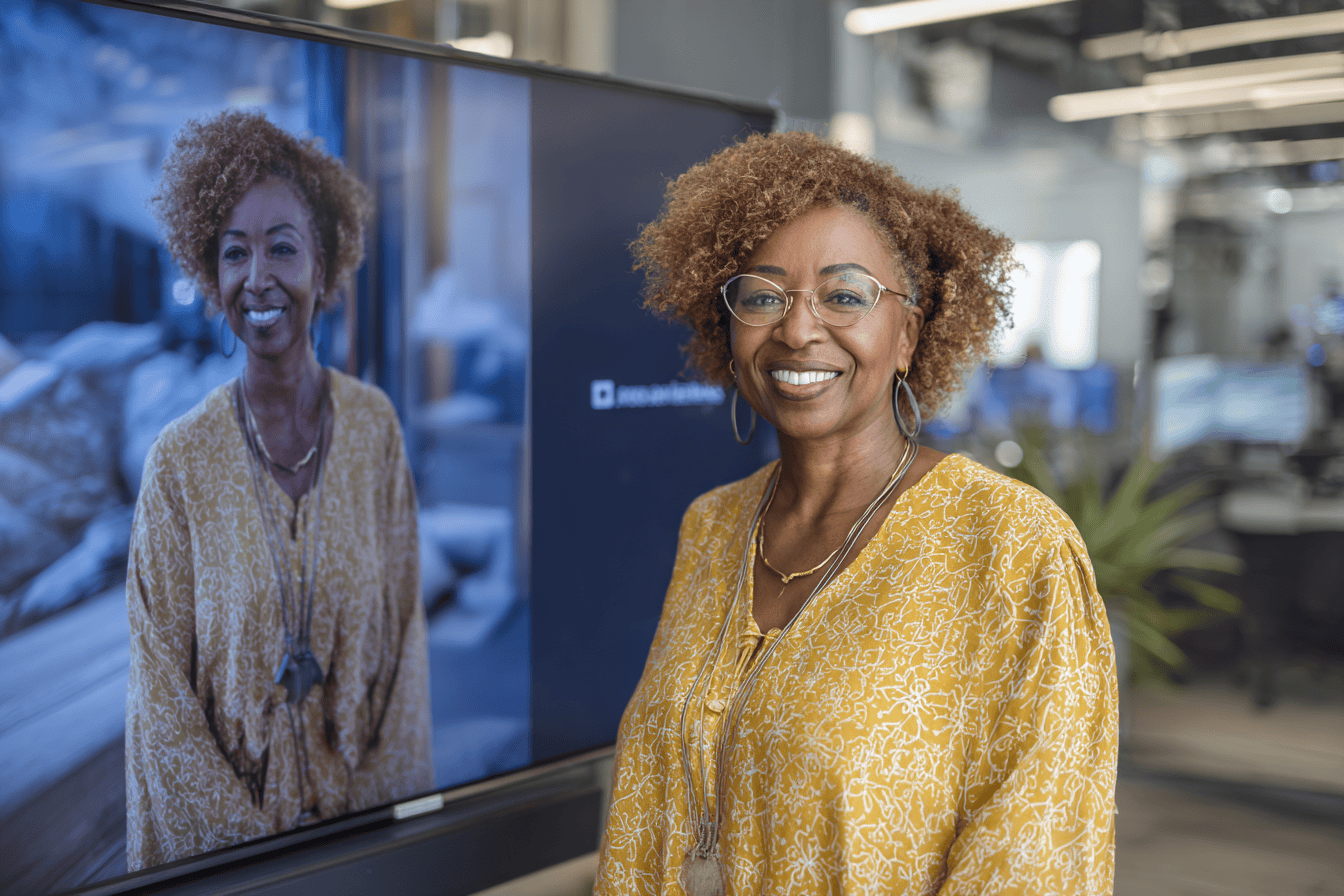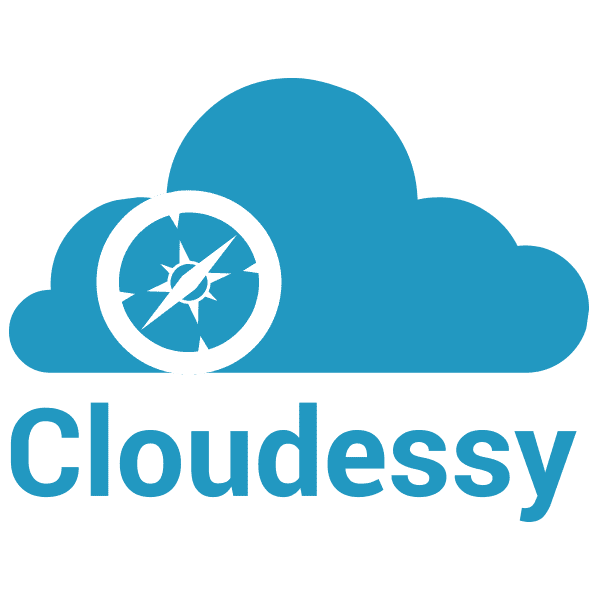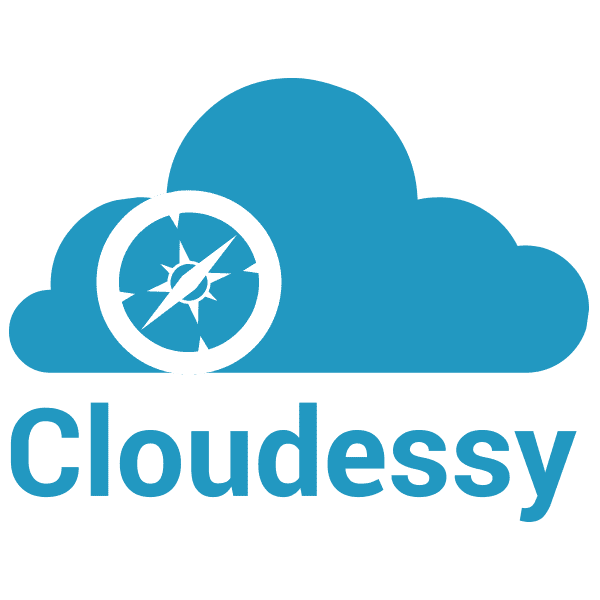Executive Summary:
Generative AI video has gotten so good, CEOs, business owners, and presidents now have the option of digitally "cloning" themselves for use in company marketing materials. This allows them to make efficient use of their limited time. It also raises the question of how potential customers might receive such representation.
Over the past several weeks, I've published a few posts about AI video. In this article, I go deeper into the marketing possibilities of both image and video generation.
AI Images
AI-generated images have become ubiquitous since OpenAI first unveiled DALL-E 1 in 2021. After an awkward "uncanny valley" period (including many pictures of subjects with an unnatural number of fingers!), such images are now often indistinguishable from photographs of real people. This allows businesses to easily create marketing pictures without hiring a photographer, scheduling a photo shoot, or paying royalties. This is obviously helpful for the bottom line.
But what if you don't just want photos of virtual models? What if you want to create photos of yourself?
Enter a tool like headshot generator Aragon, which creates professional-looking, photo-realistic portrait images from uploaded selfies. With an introductory price of $35.00 for up to forty headshots, you can see why it's an attractive option.
Not all image generators have such a narrow focus. For $8.00/month (billed annually) Midjourney is capable of producing a seemingly endless variety of pics ranging from line-drawings, to simulated paintings, to apparent photographs (such as the one at the top of this post.) It's an appealing alternative to stock image sites.
AI Video
I've recently shared posts about a number of video-creation tools, with a strong emphasis on current "it" app, Google Veo3. The model is getting great press for a number of reasons:
- It's widely available, albeit with different prices and limitations depending on how you access it--through a direct subscription, or via other tools such as Google Workspace, Leonardo AI, or Canva.
- It can generate music, dialog, and sound effects to go along with the video.
- The video is really, really good.
So if you'd like to include video in your social media and other online marketing, Veo 3 may be for you.
Video avatar generator HeyGen is one of the most innovative tools I've found in this space. It allows users to access avatars in a variety of ways--via pre-existing offerings, or by uploading a file--such as the illustration of a character or the video of a real person. These avatars can deliver scripted presentations, addressing one of the downsides of recording live videos, the number of "takes" required to get it right (
especially when using amateur presenters.) All you need is the script you want the avatar to present and a video engine capable of producing professional-quality output. HeyGen also provides the means to create a virtual avatar chatbot which can have a real-time conversation with your customers online. While the video avatars are't necessarily perfect, they're more than good enough for most business purposes. And with its ability to create a video in five minutes rather than five hours, the service more than makes up for its monthly cost, which starts at $29.00.
The Bad News
While AI image and video creation are progressing technologically in leaps and bounds, public acceptance lags behind. Before you roll out your artificially generated content, consider how you want to go about it. Depending on your target market, you may run into a lot of resentment and push-back for a variety of reasons, some of which (like copyright issues) are currently working their way through the courts. I've found the best approach is to be open about when you use AI. A clear statement that a given image or video is AI-generated at least helps avoid a situation where potential customers feel they've been hoodwinked. But they may still choose to avoid your brand because of where you source your marketing material. So be warned.
Next Steps:
Share With —
CMO, vCTO
Action Items —
- Try out some of the tools mentioned above, or their competitors, to see how they could help your business.
- Develop use cases where you think you would benefit most.
- Carry out a POC (or multiple POCs) to prove or disprove feasibility.
- Make a proactive plan for how you will present AI-generated content to your potential customers.



